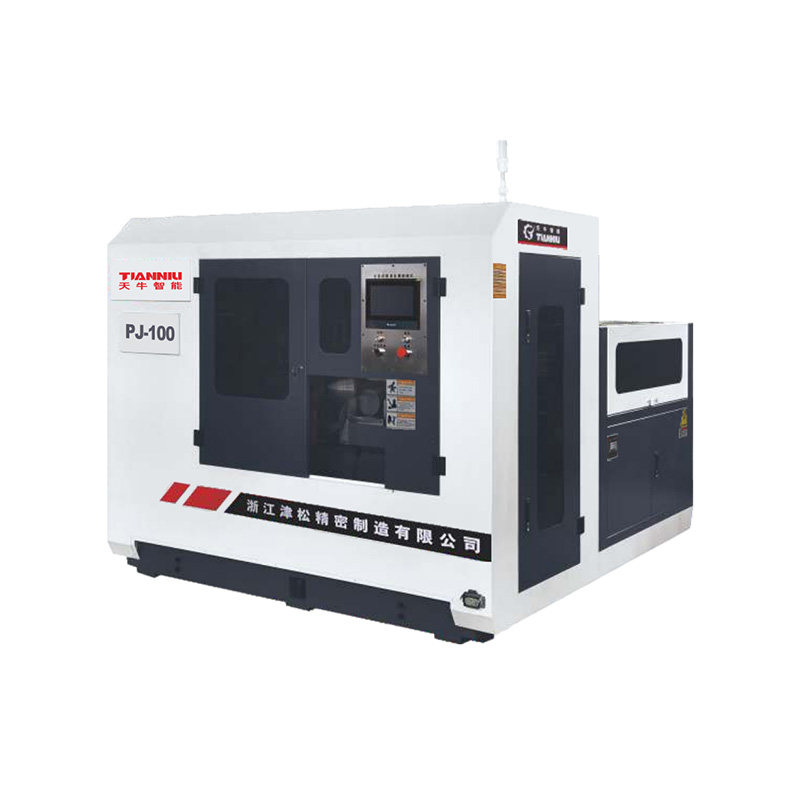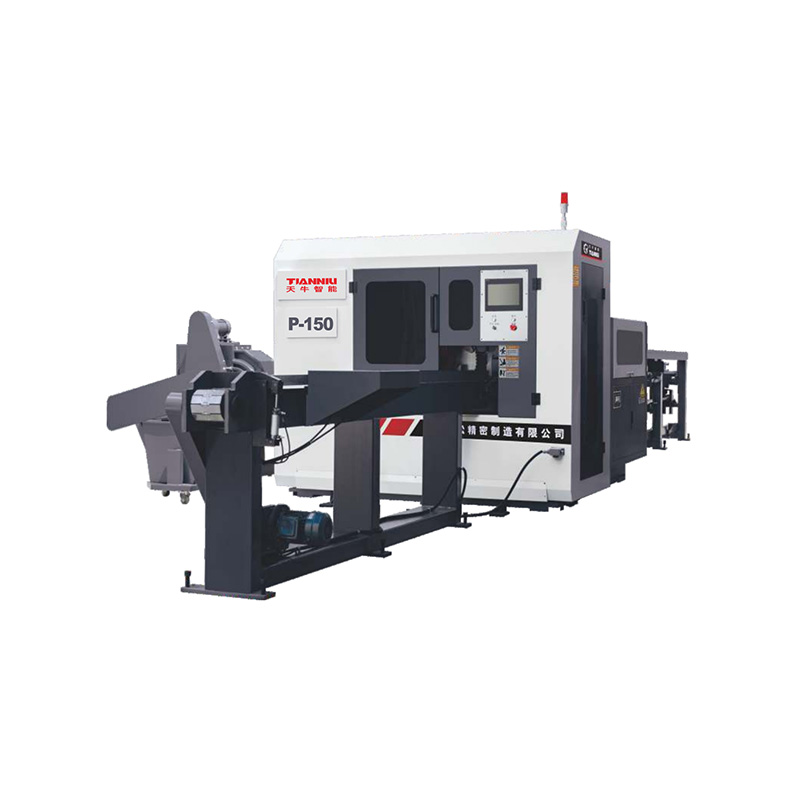Email: hujin@chinahujin.cn
Understanding Performance Differences in High-Speed and Precision Cutting with Horizontal Band Saw Machine
Horizontal Band Saw Machines are widely used in metalworking industries for their versatility in cutting a range of materials. Two primary cutting objectives are high-speed production and high-precision results. While these goals often overlap, the performance characteristics of the machine differ significantly depending on whether speed or accuracy is prioritized. Understanding these differences is essential for optimizing production efficiency and material quality.

High-Speed Cutting Performance
High-speed cutting is aimed throughput and reducing cycle times. In this mode, the machine operates at higher blade speeds and faster feed rates. The benefits include rapid completion of large-scale production tasks and increased productivity. However, achieving high speeds can cause higher heat generation, increased blade wear, and potential vibration issues. Operators must carefully balance speed with material hardness to avoid compromising the blade’s longevity or cutting efficiency. The machine’s rigidity, motor power, and hydraulic or servo feed systems are critical in maintaining performance during rapid cutting.
High-Precision Cutting Performance
High-precision cutting, in contrast, emphasizes dimensional accuracy, straightness, and surface finish. This mode typically involves slower blade speeds, controlled feed rates, and more rigid clamping of the workpiece. Reducing vibration and controlling cutting forces are crucial for achieving tight tolerances and reducing burr formation. While the cutting process is slower compared to high-speed operation, the results meet stringent quality standards, which is particularly important for components requiring exact measurements or finishing. Precision-oriented setups often rely on advanced blade guides, fine-tooth blades, and precise alignment of the workpiece to ensure consistency across multiple cuts.
Differences in Material Interaction
The way the blade interacts with the material also varies between the two cutting modes. In high-speed cutting, the blade removes material more quickly, producing higher cutting forces that can cause slight deviations in straightness or minor surface imperfections. Conversely, high-precision cutting emphasizes controlled material removal, ensuring a smooth finish and distortion. Certain metals, especially hard alloys, may require slower feed rates in precision mode to prevent overheating and preserve dimensional accuracy.
Impact on Blade Selection and Maintenance
Blade choice is directly influenced by whether the goal is speed or precision. High-speed cutting often uses coarser-tooth blades capable of rapid material removal, whereas precision cutting typically requires fine-tooth blades for smoother and more accurate cuts. Consequently, maintenance schedules also differ: high-speed operations may demand more frequent blade replacement due to accelerated wear, while precision cutting prioritizes careful blade handling and sharpening to maintain consistent quality.
Operational Considerations and Trade-Offs
Operators must weigh trade-offs when choosing between speed and precision. While high-speed cutting increases productivity, it may slightly reduce accuracy and surface quality. High-precision cutting ensures good quality but takes longer to complete. Optimizing machine settings for specific materials and cutting objectives is critical. Many modern Horizontal Band Saw Machines incorporate adjustable feed rates, variable blade speeds, and automated control systems to allow operators to switch between high-speed and precision modes efficiently.
Horizontal Band Saw Machines demonstrate distinct performance characteristics in high-speed versus high-precision cutting modes. High-speed cutting emphasizes productivity and rapid material removal, whereas precision cutting prioritizes dimensional accuracy and surface finish. Understanding the differences allows operators to select appropriate machine settings, blades, and operational strategies to meet production goals. By balancing speed and precision, manufacturers can achieve suitable efficiency without compromising quality, making these machines indispensable in modern metalworking environments.
 English
English русский
русский عربى
عربى






